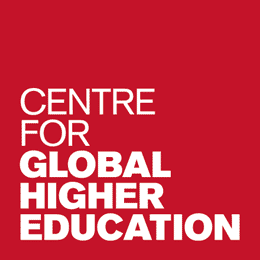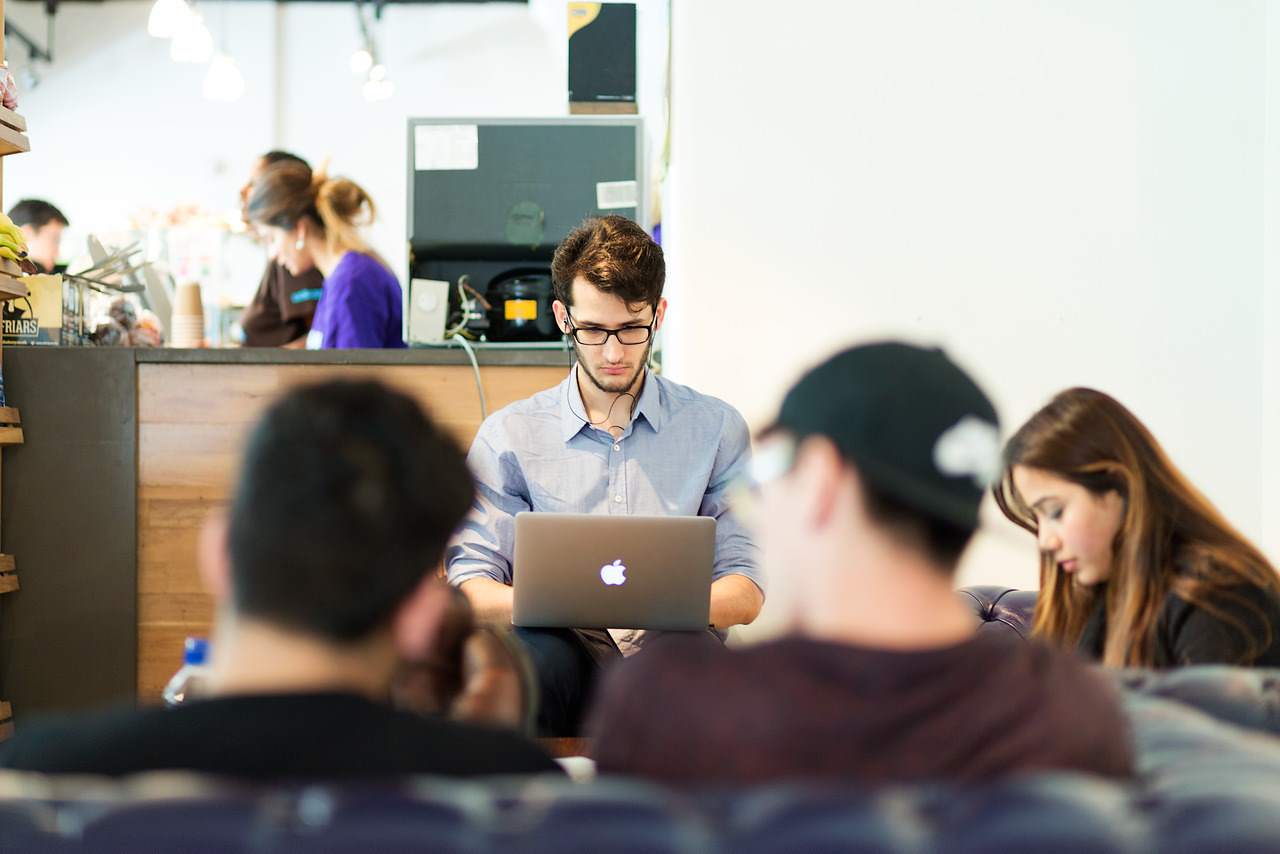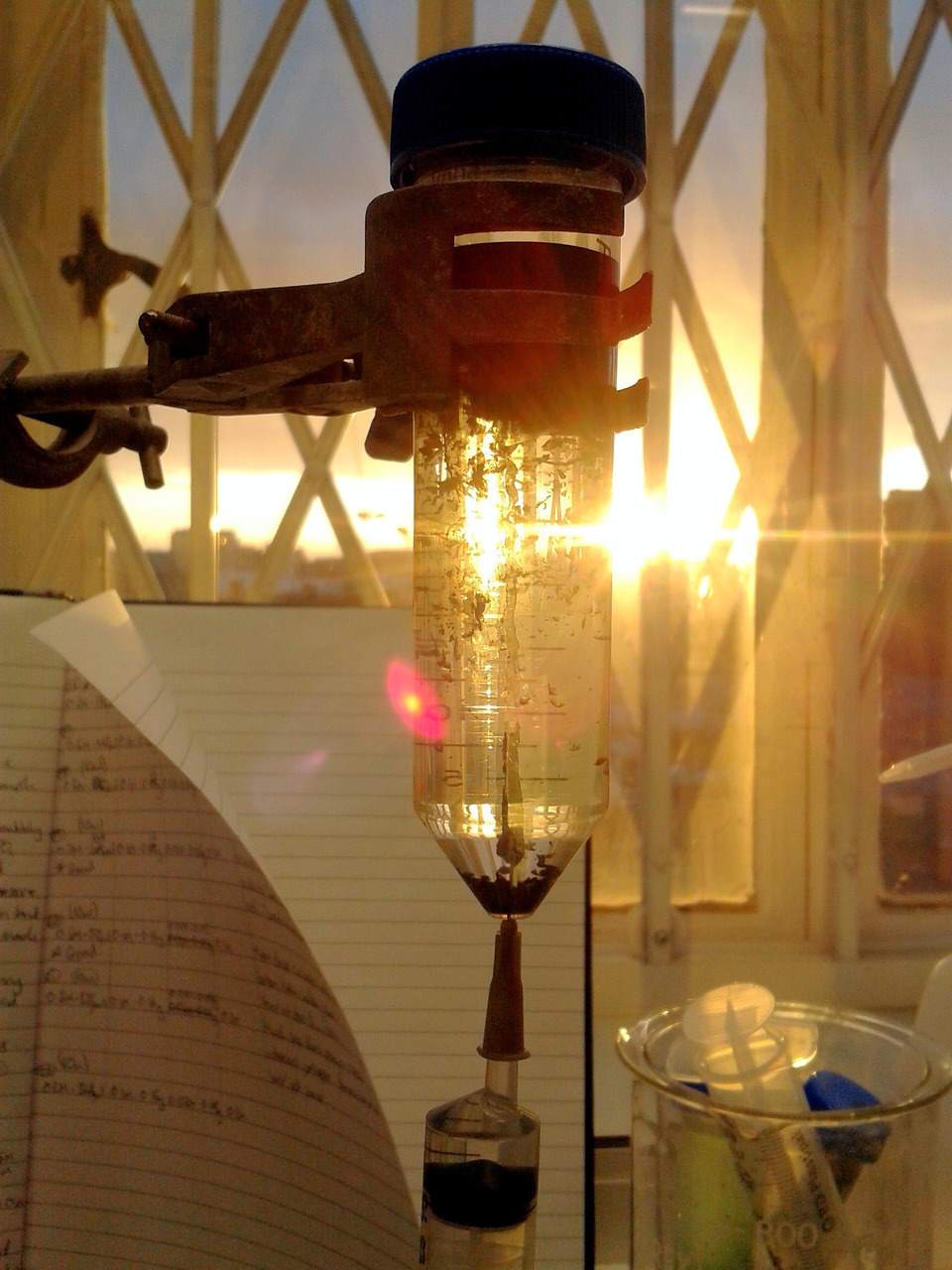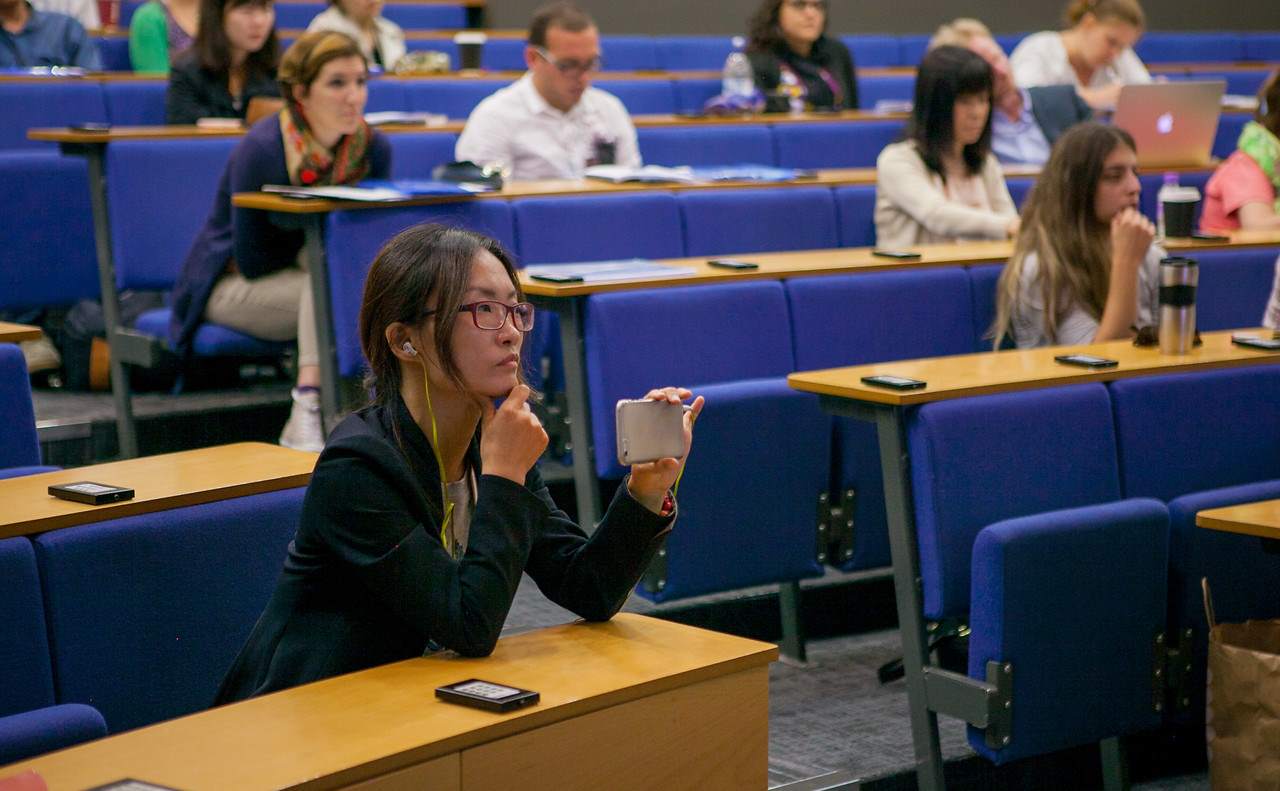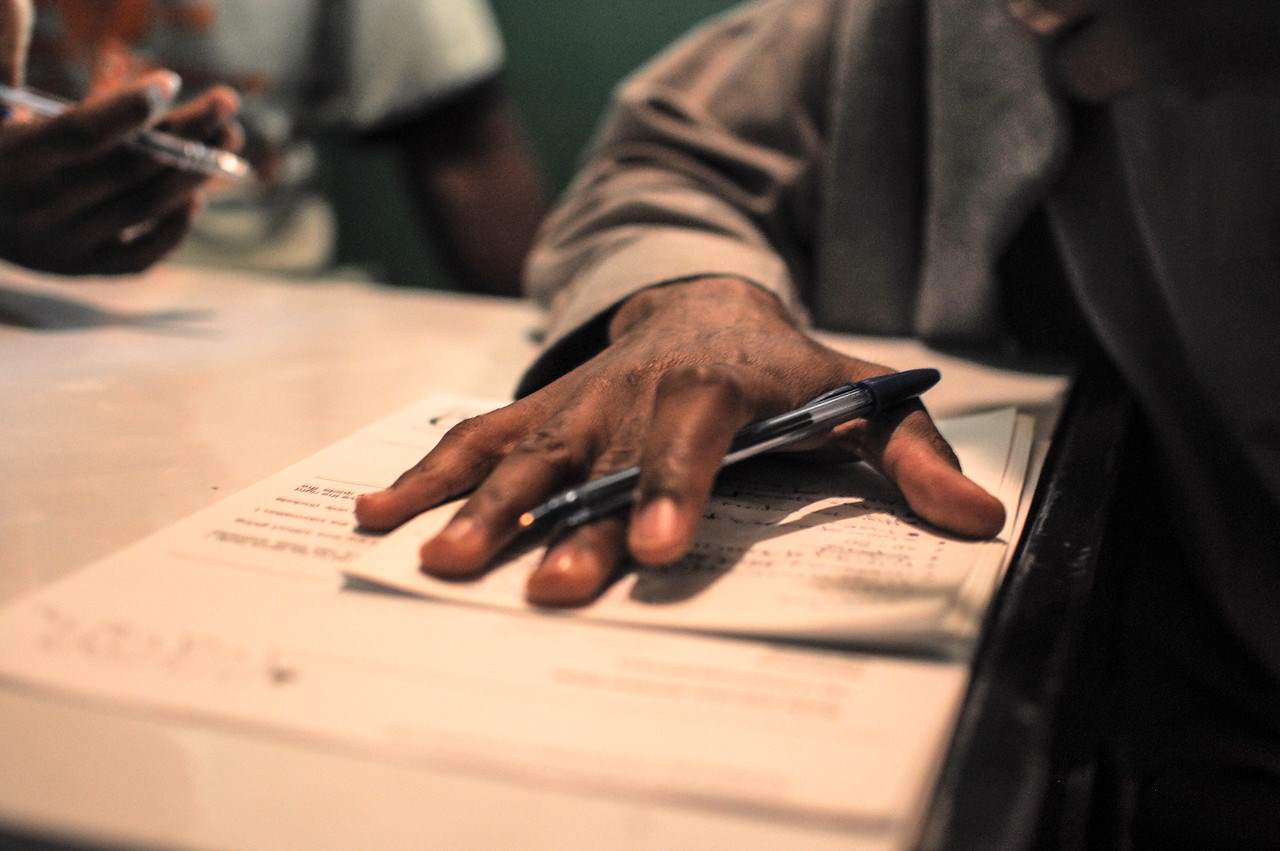Local and global public good contributions of higher education: a comparative study in six national systems
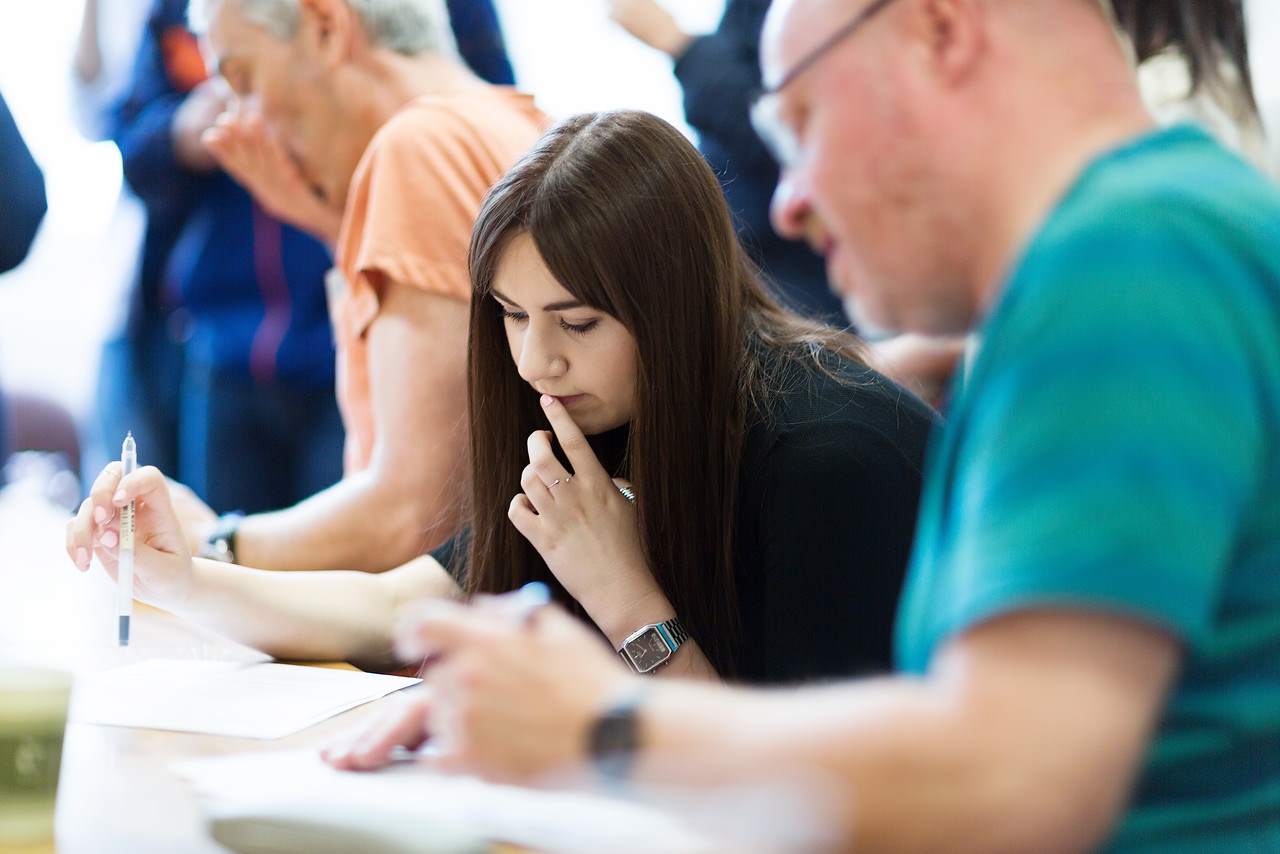
The aim of this project was to build a comprehensive and internationally generic method for monitoring, measuring and judging the public benefits of universities, using empirical research in six countries.
About this project
It is widely agreed that higher education contributes to the public dimension of society, producing benefits that aren’t confined to individuals. Yet the public benefits of higher education are untheorised, poorly defined and not readily measured and, as a result, higher education tends to be undervalued and under-financed.
Higher education is shaped by the roles of state, university and family, and their relationship to one another. This has an impact on higher education policy and funding, law and governance, and accountability. The roles of state, university and family, the relations between them, and the language and practices of these relations, also affect our understandings of public (and private) goods.
Countries differ on these matters, according to variations in political culture, educational culture, policy and regulation, and patterns of social use of higher education. Universities can be understood as being located in the state or, alternatively, in ‘the market’/civil society.
Social science theories of the ‘public’, the ‘common’ and ‘social benefit’ also vary. When measuring the benefits of universities, some social scientists use a state/non-state distinction to define ‘public’ and ‘private’ benefits (the political definition). Other social scientists use a non-market/market distinction (the economic definition).
This project took a comparative approach, using contrasting case studies from six countries. It started with a conceptual framework that reconciled the contrasting political and economic definitions, and aims to develop a comprehensive framework and method for conceiving, monitoring, measuring and judging the public benefits of universities.
The benefits under scrutiny include both national public goods and global public goods. The researchers intended the framework to be generic, in that it will be effectively applicable to higher education in all countries. Hence the need for contrasting national case study research, including interviews with personnel from government, higher education, other organisations and international agencies.
Project methods
Each case study encompassed
- 30 semi-structured interviews across two contrasting higher education institutions, a leading research university and a less prestigious engineering/technology institution, and policymakers and system managers in national government.
- Study of monographs and current documents. Interviews are also conducted at the OECD and World Bank. There will be 200 interviews over three years. The empirical inquiry:
* explores concepts and definitions used, including bilingual work on variations between languages in relation to the key concepts;
* and inquires into activity, using a set of descriptors/indicators of ‘public’ higher education activity that has been devised on the basis of the prior literature on public goods in higher education, and a working definition of public/private activity in the sector that draws on both economic and political notions of the public/private distinction (see figure below).
One methodological feature of this project was that the only way to observe the object of study was to develop a working hypothesis of what constitutes the ‘public’ dimension of higher education, keeping this hypothesis reflexive, open to continuing adjustment on the basis of new empirical material.
The notions of ‘public’ used in the project changed in the light of the encounter with other major traditions such as the Nordic and the East Asian. Each time the working hypothesis changed it became necessary to reassess the prior evidence, possibly even to gather part of it again, so as to sustain the comparative aspect of the project. The goal of the project was a settled form of that hypothesis that no longer required continued adjustment in the light of each new case study.
Interview questions
Interview questions included:
- the role of higher education in social inclusion and social equity;
- the various effects of basic research; contributions to industry, regions, towns and communities;
- public contributions to cultural and intellectual life;
- global public goods;
- and contributions to internationalisation.
Provisional interview questions
Using an earlier version of this research design, Simon Marginson conducted case studies in Australia (48 interviews) and Russia (30 interviews) in 2013. This enabled testing of the research process and first development of the research instruments.
Derived from the earlier work, the following questions were used in the case study interviews in individual countries. In the manner of semi-structured interviews, there was variation according to context and subject; and significant variation, including follow-up questions, on the basis of the answers to the ‘stem’ questions.
- What is the role of government in higher education? What should government do? Are there limits – what should government not do?
- What do you understand by the term ‘public good’? What benefits and activities fall under this?
- Does higher education produce collective goods, some say social goods, that are distinct from benefits that can be identified in relation to individuals? What are those collective goods?
- What does higher education contribute to the ‘public good’, in the following areas (some individual, some collective). Consider: (1) Are there public goods created here? (2) How do we know, and can we measure them? (knowledge; research, development and innovation; arts and science not vocationally specific; professional and occupational training; equitable social opportunity; creativity in different fields; social communications; building cities and regions; citizenship, tolerance and cosmopolitanism; internationalisation; arts and culture; public policy development, and better government)
- If higher education creates a mix of public and private goods, do you think that both kinds of good can grow together? Or is it that the more public goods are created, the less private goods are created? Is it zero-sum?
- If higher education was 100 per cent funded by student tuition would the public goods still flow? (Possible follow-up question – In part or whole?)
- Higher education is funded from a mix of public and private sources. How should the balance be determined? (Possible follow-up question – Is it essentially just political and arbitrary? Can it be grounded?)
- What is the global public good?
- The UN Development Programme defines the global public good as benefits that flow across borders and are widely shared. Do universities (in the system concerned) contribute to this global public good? How? How do we know?
- Governments fund research because it generates innovations in the national economy. What if the benefits are captured by foreign firms? Should government fund research without likely national economic impact? If public goods flow across borders, who should pay for them, producer country or receiver country?
Case studies
Case studies in this project included the UK, USA, France, Finland, China and Japan. Previously collected data, in a prior and similar project, include Australia and Russia.
- USA and UK – two from the Anglo-American group, where higher education is understood in terms of the limited liberal state and positioned between civil society and state.
- China and Japan – two contrasting countries in the Chinese civilizational tradition, where the state is understood as comprehensive and higher education is positioned in the state.
- Finland – a Nordic country, where higher education is positioned in a different comprehensive state tradition.
- France – a country that reflects the Western European tradition.
Doctoral research project
Similarities and differences between notions of ‘public’ in the Sinic and Anglo-American traditions, and the implications for higher education
The doctoral research project was a sub-project of the main inquiry and is being undertaken by Lili Yang.
Project aim
The project identified and explored the similarities and differences between Anglo-American and Chinese (Sinic) civilizational traditions, in understandings and practices of ‘public’ and ‘social’ in higher education.
Background
The Sinic tradition understands the state in comprehensive terms, supreme in relation to markets and civil society. Sinic assumptions continue to shape political cultures, society and higher education practices across East Asia and Singapore, though higher education systems in East Asia have also been strongly affected by the encounter with Western modernisation.
By contrast, the Anglo-American tradition understands the state as being limited. This follows from the tradition of John Locke and Adam Smith. The Anglo-American model is currently the leading international influence on worldwide higher education. Its influence is strengthened by the normative effects of global university rankings.
In the Anglo-American world the independence of the university from state direction is integral to its capacity to create public goods, but the locus of definition of ‘public’ is accordingly unclear. If ‘public’ does not mean the state, where does it lie?
In the Sinic world, the autonomous personality of the university is mostly expressed on behalf of the state – universities are not separated form the state – and in relation to the core responsibilities of the state for prosperity and social order.
Academic freedom is understood in terms of authority and responsibility, perhaps more than in terms of negative freedom (the dominant notion of academic freedom in the limited liberal state tradition), though freedom of teaching and research from coercion by external authority is valued in all higher education traditions.
In a monograph of case studies on contemporary Chinese universities, Ruth Hayhoe (2011) notes the presence of ‘a strong tradition of “intellectual freedom” in China’, with foundations distinct from those of European rationalism. This Chinese tradition requires that knowledge be demonstrated first and foremost through action for the ‘public good’, and that knowledge is ‘holistic and inter-connected’, not organised in ‘narrowly defined separate disciplines’.
It must be said that neither tradition is always true to these essential ideas, and the breach of those ideas can be as informative as the ideas themselves.
Project methods
The doctoral research project entailed a review of scholarly and policy-related works in each tradition, including research of higher education practice and system organisation, supported by a small number of in-depth interviews with scholars in the English-speaking and Sinic worlds.
The key question for the study was to identify and explore the similarities and differences between the two traditions (including the potentials for synergy), conceptually and as practised in contemporary higher education.
The project examined similarities and differences in relation to:
- systemic policy and objectives,
- university-government relations,
- institutional and academic governance,
- the conduct of teaching and research within universities,
- the nature of collegial relations in the various disciplines, and
- the ethical requirements of scholarly conduct.
The project ran from January 2017 until September 2020.
Team
Publications
CGHE working papers
- The role of higher education in generating ‘public’ and ‘common’ goods: A comparison of Sinic and Anglo-American political cultures (CGHE working paper 52, Simon Marginson and Lili Yang, January 2020)
- The new geo-politics of higher education (Japanese translation) (CGHE working paper 34, translated by Aki Yonezawa with assistance from Tom Brotherhood, Simon Marginson, February 2019)
- World higher education under conditions of national/global disequlibria (CGHE working paper 42, Simon Marginson, October 2018)
- Local and global public good contributions of higher education in China (CGHE working paper 37, Nian Cai and Liu Lin Tian, June 2018)
- The new geo-politics of higher education (CGHE working paper 34, Simon Marginson, April 2018)
- The public role of higher learning in Imperial China (CGHE working paper 28, Lili Yang, October 2017)
- The role of the state in university science: Russia and China compared (CGHE working paper 9, Simon Marginson, December 2016)
- Global trends and their impact on Latin America: the role of the state and the private sector in the provision of higher education (CGHE working paper 4, Carolina Guzmán-Valenzuela, June 2016)
- Public/private in higher education: a synthesis of economic and political approaches (CGHE working paper 1, Simon Marginson, June 2016)
Additional publications
- Guzmán Valenzuela C. and Zavala, R. (submitted). Bienes públicos y universidades públicas en Chile: entre la alianza estratégica con el Estado y la omnipresencia del mercado [Public goods and public universities in Chile: between a strategic alliance with the State and the market’s omnipresence]. Revista de la Educación Superior (Spanish).
- C. Callender, W. Locke and & S. Marginson (eds.) (in press, 2020). Changing Higher Education for a Changing World. London: Bloomsbury.
- Marginson, S. (in press, 2020). The world research system: Expansion, diversification, network and hierarchy. In C. Callender, W. Locke and & S. Marginson (eds.), Changing Higher Education for a Changing World. London: Bloomsbury.
- Marginson, S. and Yang, L. (in press, 2020). China meets Anglo-America on the New Silk Road: A comparison of state, society, self and higher education. In M. C. van der Wende, W. Kirby, N. Liu, S. Marginson (eds.), China and Europe on the New Silk Road: Connecting universities across Eurasia. Oxford: Oxford University Press.
- Marginson, S. (in press, 2020). Public and common goods in higher education: A conceptual approach. In C. Callender, W. Locke and & S. Marginson (eds.), Changing Higher Education for a Changing World. London: Bloomsbury.
- Tian, L. and Liu, N. C. (in press, 2020). Higher education in China: Rethinking it as a common good. In C. Callender, W. Locke and & S. Marginson (eds.), Changing Higher Education for a Changing World. London: Bloomsbury.
- Carpentier, V., & Courtois, A. (2020). Public good in French universities: principles and practice of the ‘republican’ model. Compare: A Journal of Comparative and International Education, 1-18. doi:10.1080/03057925.2020.1722943
- Marginson, S. (2019). Global cooperation and national competition in the World-Class University sector. In Y. Wu, Q. Wang and N. Liu (eds.), World-Class Universities: towards a global common good and seeking national and institutional contributions, pp. 13-55. Leiden: Brill.
- Xu, X. (2019). China ‘goes out’ in a centre-periphery world: Incentivising international publications in the humanities and social sciences. Higher Education.
- Xu, X. (2019). Performing ‘under the baton of administrative power’? Chinese academics’ responses to incentives for international publications. Research Evaluation.
- Szadkowski, K. and Krzeski, J. (2019). Political ontologies of the future university: individual, public, common. Philosophy and Theory in Higher Education, 1(3).
- Tian, L. and Liu, N. C. (2019). Rethinking higher education in China as a common good. Higher Education, 77 (4), pp. 623-640.
- Szadkowski, K. (2018). Higher Education as the Common: A conceptual approach. Higher Education.
- Marginson, S. (2018). Higher Education as Self-Formation
Inaugural Professorial Lecture at the UCL Institute of Education, IOE Press - Marginson, S. (2017). Obschestvennye blaga, proizvodimye v vysshikh uchebnykh zavedeniyakh Rossii [The public good created by higher educational institutions in Russia]. Вопросы образования [Educational Studies Moscow], 3, pp. 8-36. DOI: 10.17323/1814-9545-2017-3-9-36
- Marginson, S. (2016). Foreword: The partial shift from public to private goods in UK higher education. London Review of Education, 14 (1), pp. 4-10.
- Marginson, S. (2016). Higher Education and the Common Good. Melbourne: Melbourne University Publishing.
- Marginson, S. (2016). Private/public in higher education: a synthesis of economic and political approaches
Studies in Higher Education, April 2016
Translation of work published in English
- Marginson, S. (2016). To, co publiczne i prywatnew szkolnictwie wyższym. Synteza podejścia ekonomicznego i politycznego. Nauka i Szkolnictwo Wyższe, 48 (2), pp. 17-42 (2016). [Translation of ‘Private/public in higher education: A synthesis of economic and political approaches’, Studies in Higher Education.] In Polish. Translated by Krystian Szadkowski. Published online here.
Other outputs
- Higher education as a common good
IIEP Strategic Debate, UNESCO, Paris, 12 March 2018 (read more about the presentation) - Higher Education and Global Common Good: National competition and global cooperation in the World-Class University sector (Speech / Presentation / Full paper )
WCU-7, Shanghai 6-9 November 2017 - Education as a public good
Speech to UCU ‘Cradle to Grave’ conference, London, 9 February 2018 - The public role of higher education: A critical review and a new idea (Paper) The public role of higher education: A critical review and a new idea (Presentation)
University of Chile, 16 May 2017 - Higher education and the common good (Paper, presentation and audio)
CGHE seminar, 2 February 2017 - Higher education and public goods (Paper) Higher education and public goods (Presentation)
Central European University, Budapest, 29 January 2017 - Higher education and public goods (Paper) Higher education and public goods (Presentation)
National University of Educational Planning and Administration (NUEPA), Delhi, 9 January 2017
